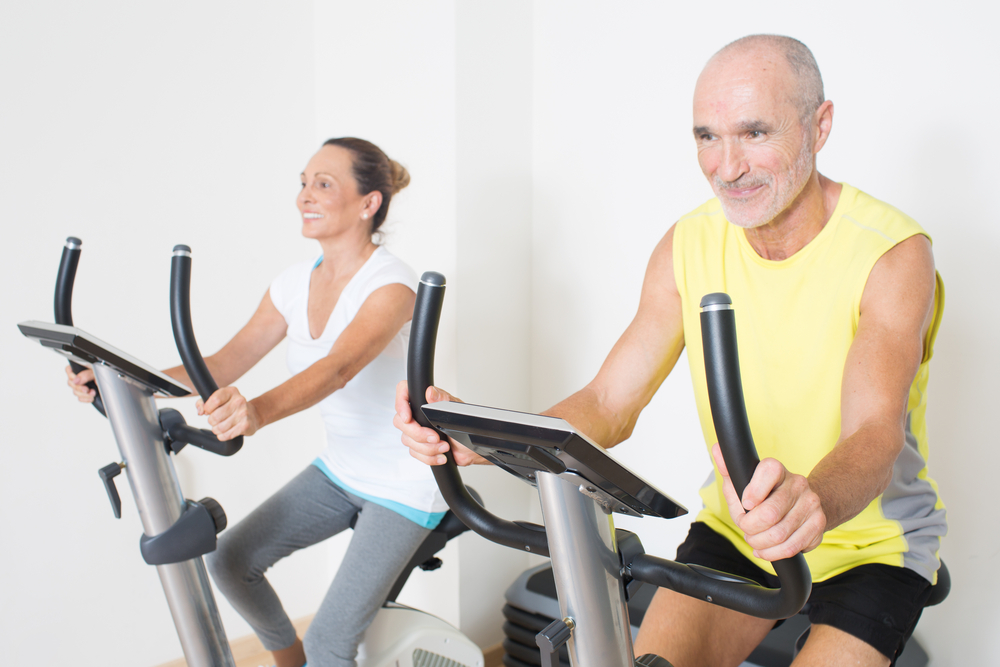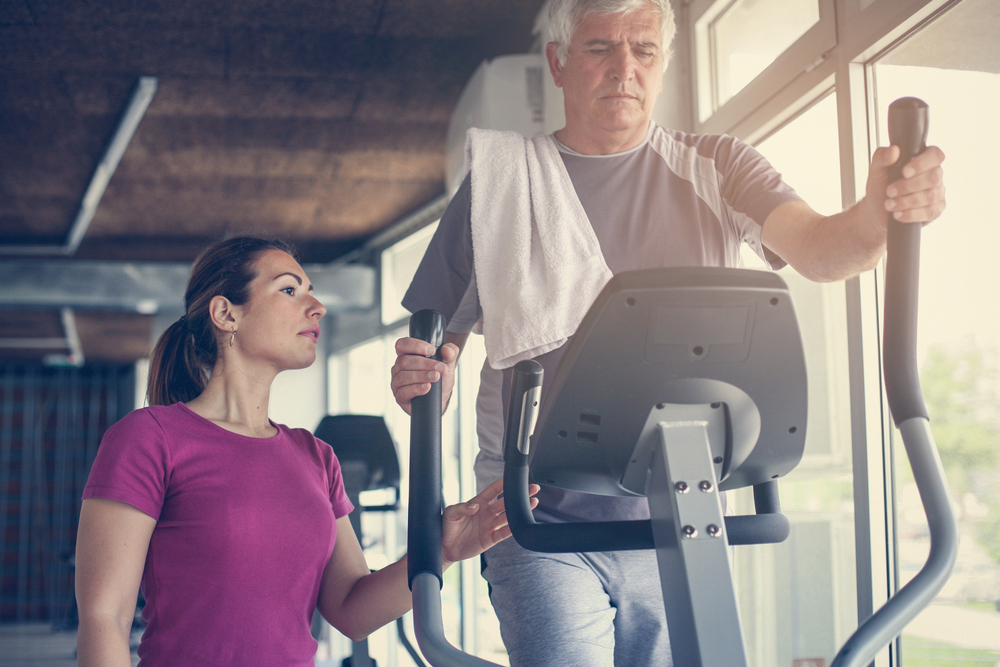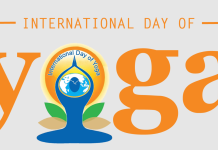As you age, it is natural if you find that you’re losing stamina, aerobic capacity, muscle strength, and endurance. That is why cardio exercises are excellent to improve your stamina, controlling blood pressure, strengthening the bones, and boosting energy as overall. Not only for healthy older adults, cardio exercises are also good for those with preexisting medical conditions such as hypertension.
The Centers for Disease Control (CDC) and Prevention defines cardio, or aerobic, activity as any action that increases your respiratory and heart rate above your normal resting rate, sustained for at least 10 minutes. The CDC also advises that generally healthy adults older than age 65 should aim for 150 minutes of moderate-intensity cardio exercise every week.
Now, how much cardio should older adults do and what’s the best way to get started?
Note: before embarking any exercise routine, a medical examination may be needed to ensure your physical condition.
There are three different options of cardio exercise that are suitable for older adults:
Low-Intensity Cardio Exercise

Low-intensity activities are those that only mildly increase your heart and respiration rate. These types of activities are suitable for a wide spectrum of older adults including those with various medical conditions that affect their ability to exert themselves.
The most standard low-intensity cardio exercise is walking, even walking at a slow pace such as while shopping. When your health and stamina improve, you might consider increasing the pace or length of your walks. Another low-intensity cardio activity is recreational swimming that reduces joint strain.
Moderate-Intensity Cardio Exercise

Healthier older adults can embark on moderate-intensity cardio activities. Cycling is a common moderate-impact exercise—however road biking may not be suitable for those who struggle with balance. A recumbent stationary bike is a great option to reduce injury risk while still engaging in an cardio exercise.
For older adults who enjoy the water, lap swimming is more vigorous than recreational swimming, though still gentle on joints. Other option is dancing, such as swing, jazz, or ballroom options.
High-Intensity Cardio Exercise

High-intensity cardio workouts push your heart and breathing to the point where talking can become difficult. One minute of high-intensity is worth two minutes of moderate or low-intensity exercises. However, high-intensity cardio activities tend to put stress on joints and can cause injuries.
Longer or faster jogs and biking uphill are examples of high-intensity exercises that will put your heart and lungs to work. Cross-country skiing, rowing, or using exercise machines like elliptical machine will also increase the potency of the workout.
In addition to the exercises mentioned above, strength training also helps to work your muscle groups. Try to do some strength training at least twice a week. Here are a few examples:
Knee extension
Knee extension exercises will help strengthen your knees, which will improve your balance and reduce your risk of falling. Simply sit on a chair with your back straight and knees bent. Slowly extend your right leg out in front of you and hold for a few seconds before lowering it back to starting position. Repeat with your left leg, and do 10 repetitions on each leg.
Chest stretch
With a wall behind you, sit in a chair upright with your feet planted on the ground and hands on your knees. Raise your arms up and interlock your fingers behind your head. Inhale carefully and try moving your elbows back to touch the wall behind you. As you exhale, bring your arms and hands back to the starting position. Repeat the move three times.
Sit-backs
Begin sitting on the floor or yoga mat with knees bent and your arms crossed in front of your chest, as if you’re hugging yourself. Slowly sit back as far as is comfortable, and make sure that your feet are not lifting off the floor. Return to the starting position, and repeat 10 times.





